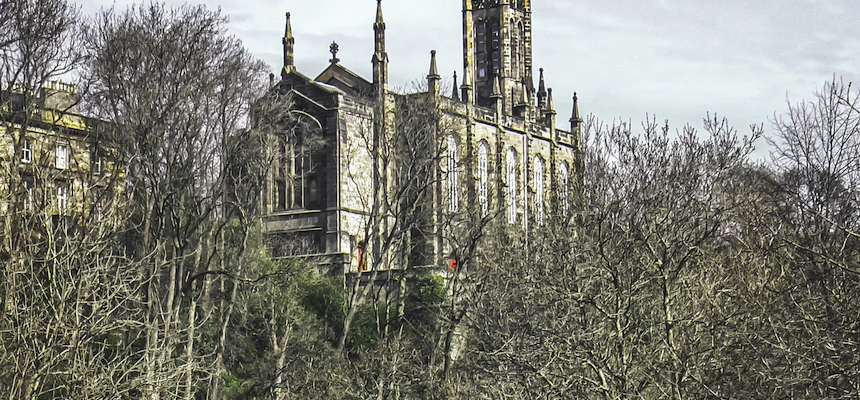
Goffredo (Godfrey) de Castiglione was Pope Celestine IV for only sixteen days. How did the cardinals elect such a fragile old man?
Little is known of the man who would be Pope Celestine IV. He was born in Milan some time between 1180 and 1187. He likely entered the Cistercian abbey at Hautecombe, in Savoy, at a young age. Some time between 1219 and 1227, Goffredo became an archpriest and chancellor of the Church of Milan.
On 18 September 1227, Goffredo became cardinal and beneficiary of the diocese of San Marco. The next two years, Pope Gregory IX sent him to Lombardy and Tuscany as his papal legate. The citizens and politicians of these areas were loyal to Emperor Frederick II and supported his policies. Goffredo’s goal was to bring the territories back to supporting the pope. His arguments during the two years, did not work. He returned to Rome. In 1238, Goffredo became the cardinal-bishop of Sabina.
Pope Gregory IX died 22 August 1241. He had tried to summon a council to Rome for the purpose of discussing the ongoing war with Emperor Frederick. The emperor’s navy had captured ships transporting bishops to the council. He had kidnapped two and was holding them prisoner in Tivoli. His ally, Cardinal Giovanni Colonna, was in just as bad a situation. He attended the consistory.
His opposition, Senator Matteo Rosso Orsini, declared a consistory for fear of having a long-drawn-out process to the election. So, he housed the cardinals in a ramshackle palace referred to as the Septasotium, probably trying to rush their decision. The summer heat was awful, the roofs leaked and the guards urinated onto the broken tiles of the roof, sending stench into the rooms. One English cardinal, Robert of Somercotes, fell ill and died in late September.
The election
At this point, the curia was divided on how to proceed. One group, including Simibaldo de’ Fieschi, the future Innocent IV. They supported choosing a candidate from Gregory’s inner circle. They wanted to turn Frederick into a vassal. A second group, the moderates, did not want to support the Hohenstaufens, but they wanted to end the wars. Frederick would only release the two held cardinals if the consistory elected Otto of St. Nicholas, a decent compromise. Orsini wanted Romano de Porto, who had persecuted students during the Parisian student rebellion a few years before. Few wanted that man.
The compromise vote, finally, on 25 October, elected the elderly and fragile Goffredo to the papacy, with 7 out of 10 voting for him. He took the name Celestine IV.
Some say that Celestine excommunicated Orsini. But he would have lost his senatorship. Yet he was still a senator when Innocent IV became pope later in the year. And Orsini’s son became a cardinal in 1244. This would not have happened if the father had been excommunicated.
It does not appear that Celestine lived long enough to be consecrated Pope of the Church. He died of fatigue and old age on 10 November. He had ruled a mere sixteen days. Celestine was buried in St. Peter’s Basilica.

Recent Comments